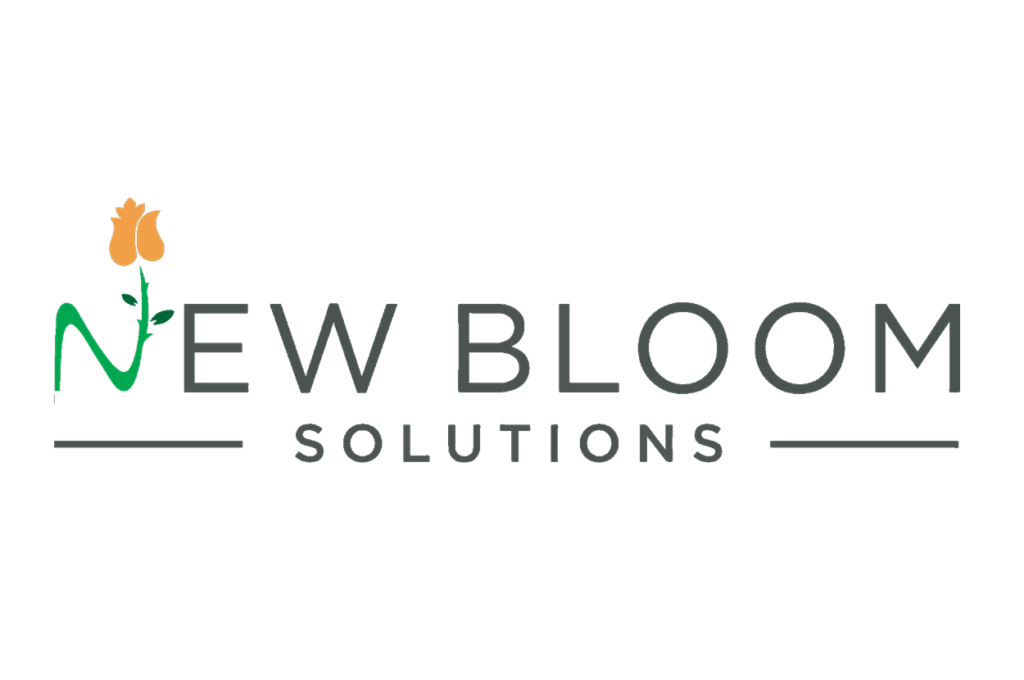Part 1 of a 3-part Blog Series, by Christi Lopez from Propel Coaching
Starting a floral business—or expanding one—is exciting for anyone in the industry, whether you’re a florist, event planner, wholesaler, or flower grower. But it takes more than just a passion for flowers to succeed. As a NeuroCoach™ and Business Profit Strategist with over 35 years of experience across various sectors of the floral industry, I know first hand that business savvy is just as critical as creativity. Here’s how to lay a solid foundation for your business.
- Do Your Research: Understand the Market Before You Jump In
So many entrepreneurs in the floral industry, from florists to growers, dive in because they love working with flowers, supplying, or growing them. While passion is an important driver, it alone doesn’t guarantee success. Without understanding market trends, customer needs, and pricing structures, that passion can fizzle out quickly.
The floral industry is competitive across all segments—whether you’re a grower, wholesaler, or retail florist. That’s why research is essential. You need to identify trends, gaps in the market, and opportunities in your area. Example: Flower growers may find increasing demand for locally sourced or organic flowers, while wholesalers might notice a rise in requests for unique or hard-to-find varieties. Event planners might see an opening for seasonal, eco-friendly arrangements, which florists can capitalize on.
Practical Tip: One way to test the market with minimal overhead is through collaborations or pop-up events. Example: Wholesalers could partner with local florists to set up seasonal pop-up markets, or growers can test new products with retail florists before committing to full production.
Example: A florist I worked with set up a weekend pop-up at a local farmers’ market to gauge customer interest in eco-friendly, wildflower-style bouquets. Similarly, a wholesaler might start offering a limited selection of unique blooms to local florists to see which ones gain traction. These small tests can help you understand local demand before making significant investments.
Key Takeaway: Start small, test the waters, and learn what your specific market needs before diving in fully. This approach ensures that your business model aligns with real demand and sets you up for long-term success.
- Create a Business Roadmap Aligned with Your Vision
Whether you’re growing flowers, selling them wholesale, or offering design services, your business decisions should always align with your initial vision. Too often, entrepreneurs get distracted by short-term opportunities that may not align with their long-term goals. A business plan keeps you on track.
Your business plan is a roadmap for everything—from the clients you want to serve to the products or services you’ll offer. It should include your business goals, target market, and how you plan to reach those customers. Example: Growers might focus on sustainable farming practices to appeal to eco-conscious florists, while event designers may target luxury clients with custom floral experiences.
Example: Let’s say a wholesaler’s vision is to be the go-to supplier for exotic and premium blooms and containers. Their business plan would focus on building strong relationships with international growers, offering a curated selection of high-end products, and marketing to luxury event florists. A retail florist with a focus on weddings might design their marketing efforts around showcasing their work at bridal expos, collaborating with venues and caterers, and building an inspiring portfolio website that draws in couples.
Practical Tip: Align your pricing, branding, and customer experience with your core vision. If you want to focus on high-end florals, everything from your product offering to customer service should reflect that. If you’re a grower who specializes in organic flowers, your entire branding and supply chain should emphasize sustainability and quality.
Key Takeaway: A clear, aligned business plan keeps you focused on the right opportunities and ensures that your decisions support long-term growth, rather than chasing short-term gains.
- Invest in Lifelong Learning and Build Support Systems
One of the biggest challenges in the floral industry—whether you’re a florist, grower, wholesaler, or event planner—is the continuous evolution of trends, customer preferences, and business practices. Lifelong learning is essential for staying competitive.
No matter your role, there are always skills and knowledge to acquire.
Example: A flower grower may need to learn more about sustainability practices or advanced greenhouse techniques, while a florist might benefit from training in social media marketing or floral design workshops. Wholesalers could refine their logistics and customer service strategies to meet the needs of busy event florists, and event designers may seek out training in large-scale installations or advanced event design.
Practical Tip: Surround yourself with a support system. Consider finding a mentor, joining industry associations, or taking courses that address your business’s weak spots. Example: One event designer I worked with partnered with a mentor to refine her business operations, which significantly improved her ability to manage large-scale events efficiently. A grower might seek advice from other industry professionals about optimizing production cycles to meet seasonal demand.
Example: A wholesaler struggling with bookkeeping outsourced those tasks to an accountant, allowing them to focus on building supplier relationships. Similarly, a retail florist invested in a social media course to help grow their online presence and drive traffic to their storefront.
Key Takeaway: Growth isn’t just about scaling up your business—it’s about constantly learning and refining your skills. Bringing in the right support and expertise will help you avoid burnout and scale sustainably.
Starting or growing a floral business—whether you’re a retail florist, grower, wholesaler, or event florist—requires more than passion. It requires market research, a clear business plan, and a commitment to continuous learning. By understanding the needs of your market, aligning your business with your vision, and building the support systems needed for success, you’ll lay a strong foundation for a thriving business.
Stay tuned for the next part of this series, where we’ll dive deeper into mastering the business side of the floral industry, including pricing, operations, and maximizing profitability.


